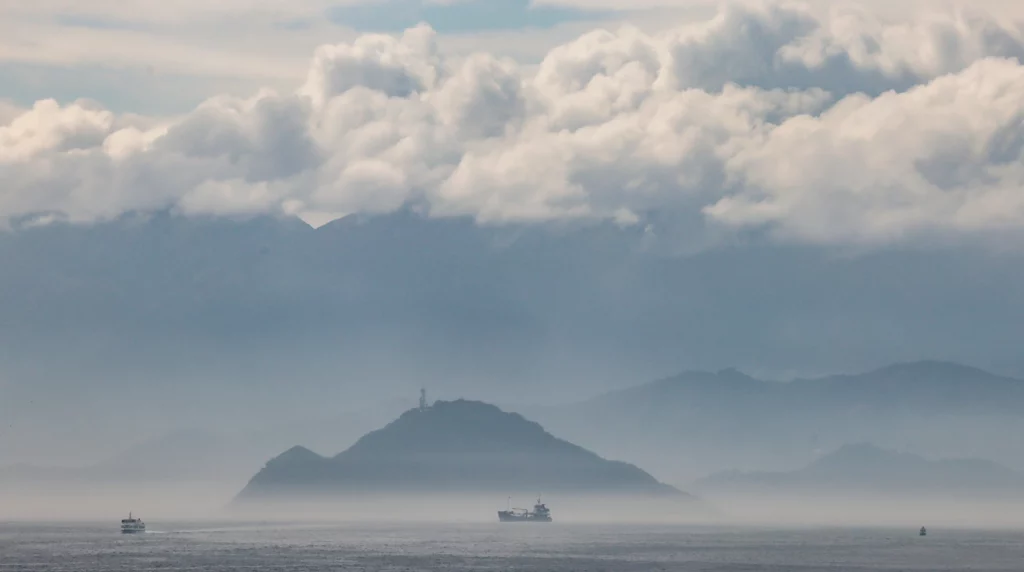
The sea facing Kau Yi Chau is shrouded in mist on February 10. The government has proposed to construct three artificial islands around Kau Yi Chau. Photo: Jelly Tse
The Environmental Impact Assessment (EIA) Ordinance and its regulations came into operation in April 1998. Since then, there has not been a major review of the ordinance until last year. Then chief executive Carrie Lam Cheng Yuet-ngor announced a review in late 2021, aimed at improving operational efficiency and environmental outcomes.
Shortening the EIA process by half from as much as 48 months is one of the initiatives proposed by the Environmental Protection Department (EPD). It needs to be vigilant that shortening the EIA process does not enhance operational efficiency at the cost of standards in assessing environmental impacts on sensitive areas.
I was a member of the Advisory Council on the Environment (ACE) and the EIA Subcommittee from 2007 to 2012. Some EIA reports I read at that time left out important ecological findings, so the public did not get a full picture.
The essence of the EIA is to examine whether project proponents have done their best to avoid adverse environmental impacts identified through the EIA studies, or minimised them if they can’t be avoided. In cases where the impact is found to be too great, and such that it can’t be avoided or minimised to an acceptable level, the authorities can reject the EIA report.
A case in point is the original EIA report on the Lok Ma Chau Spur Line, which was rejected by the authorities to avoid damaging important ecology in the Long Valley.
In March last year, seven ACE members and the then chairman proposed that assessments on climate change, carbon emissions and greenhouse gases be included under the EIA ordinance. Last June, The Green Earth and eight other green groups suggested including climate change assessments in the EIA. However, the EPD did not accept these proposals.
Carbon emissions arising from reclamation and building public facilities such as bridges to connect the 1,000-hectare Kau Yi Chau artificial islands will be enormous compared to the baseline, which is zero. If the climate impact of this project were to be assessed, it would most likely be found to affect the city’s 2050 carbon neutrality goal, not to mention the impact of harsher weather on more than 7 million Hongkongers.
The EPD’s refusal to incorporate climate impact assessments into the EIA ordinance implies that the artificial island development will work against carbon neutrality. The authorities need to walk the walk, not merely talk the talk.
An SCMP article contributed by Mr Edwin Lau,
Founder & Executive Director of The Green Earth